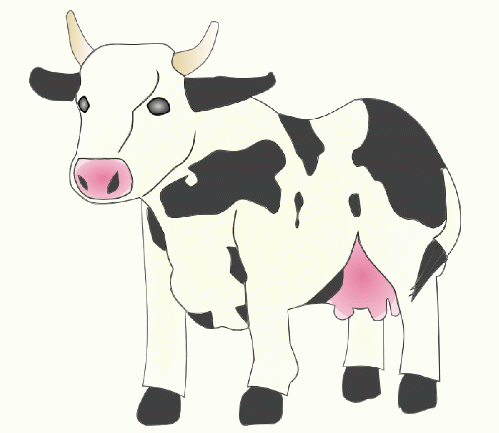The U.S. Department of Agriculture (USDA) announced a new home grown mad cow case this week in a cow raised for beef in Florida. The 6-year-old cow tested positive for atypical H-type BSE but, "never entered slaughter channels, and at no time presented a risk to the food supply, or to human health," says USDA.
The assurance is meant to keep cattle markets from tanking, people eating beef and exports from evaporating but we have heard it before. In accounting for the first U.S. mad cow, found in Washington state in 2003, the government said, "By December 27, 2003, FDA had located all potentially infectious product rendered from the BSE-positive cow in Washington State. This product was disposed of in a landfill in accordance with Federal, State and local regulations."
But the Los Angeles Times reported that despite "a voluntary recall aimed at recovering all 10,000 pounds of beef slaughtered at the plant the day the Washington state cow was killed, some meat, which could have contained the Washington cow, was sold to restaurants in several Northern California counties."
"In an interview, Alameda County health officer Dr. Anthony Iton recalled that in early January 2004 almost a month after the initial discovery [of a BSE cow], state health officials informed him that five restaurants in the Oakland area had received soup bones from the lot of tainted beef," reported the Times. "It immediately dispatched inspectors to the restaurants. But it was too late; soup made from the bones had been eaten. He was particularly disturbed to learn that none of the restaurant owners had received written notice of the recall and that federal inspectors did not visit them until 10 days after the recall."
The San Francisco Chronicle also confirmed the undisclosed risks to the public. It reported that 11 restaurants and a food market purchased soup bones from "the suspect lot" in Alameda and Santa Clara counties and that their identities were being withheld.
There have been other government mad cow cover-ups. For seven months, the government hid the fact of a second mad cow, found in Texas in 2005, until an inspector general went over the secretary of agriculture's head and conducted more definitive tests. No food warnings were issued. When the government finally did investigate the source of disease in the Texas cow and a subsequent Alabama cow found in 2006, it found no source or explanation. Instead, even though the Texas and Alabama ranches exposed the public to one of the worst terminal diseases that exists, their identities were protected and they allowed them to resume operations in one month.
There is a reason government officials are quick to defend the safety of the U.S. beef supply. Within hours of the first mad cow discovered in the U.S. in 2003, China, Mexico, Russia, Brazil, South Africa, Hong Kong, Japan, Singapore, Taiwan, Malaysia, South Korea and 90 other countries banned U.S. beef. Ninety-eight percent of the $3 billion overseas beef market vanished. It took 14 years for the U.S. to re-establish its beef exports and other beef-exporting countries have had similar woes.
Protecting the industry might also explain the sudden debut of the concept of "atypical" mad cow disease, mostly floated by governments. The citation of "atypical" mad cow disease (also used to dismiss fears over a mad cow found in Alabama last year) saves the beef industry from seeking food sources and infected herd mates because the disease "just happens" with no cause. It also saves markets and exports.
Given the history of mad cow cover-ups, detailed in Born With a Junk Food Deficiency, does the public really believe there is "nothing to see here"?






